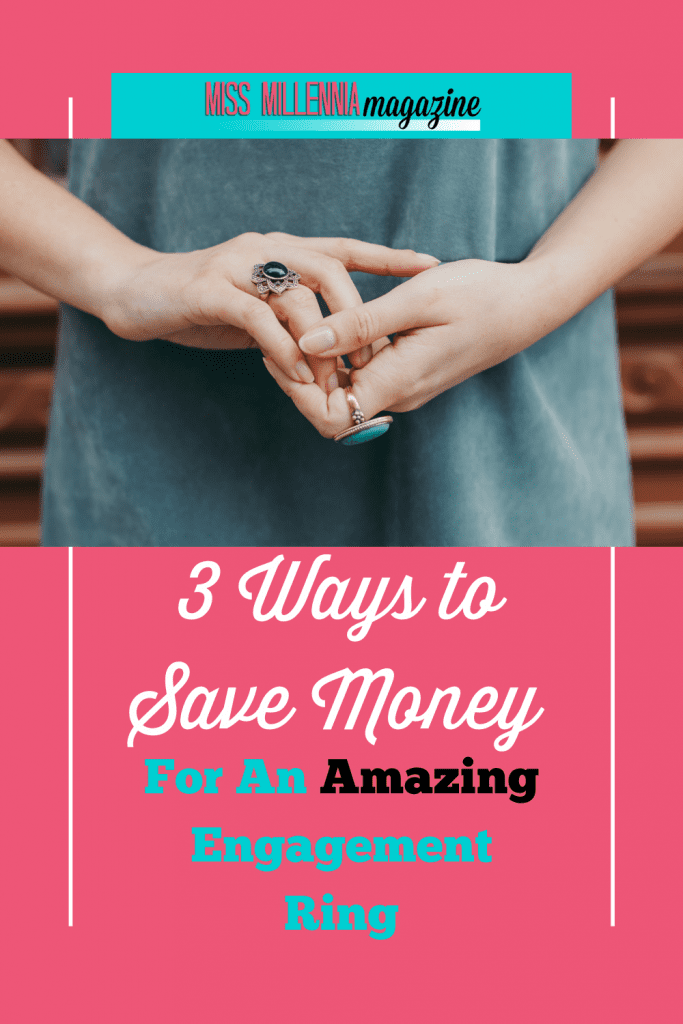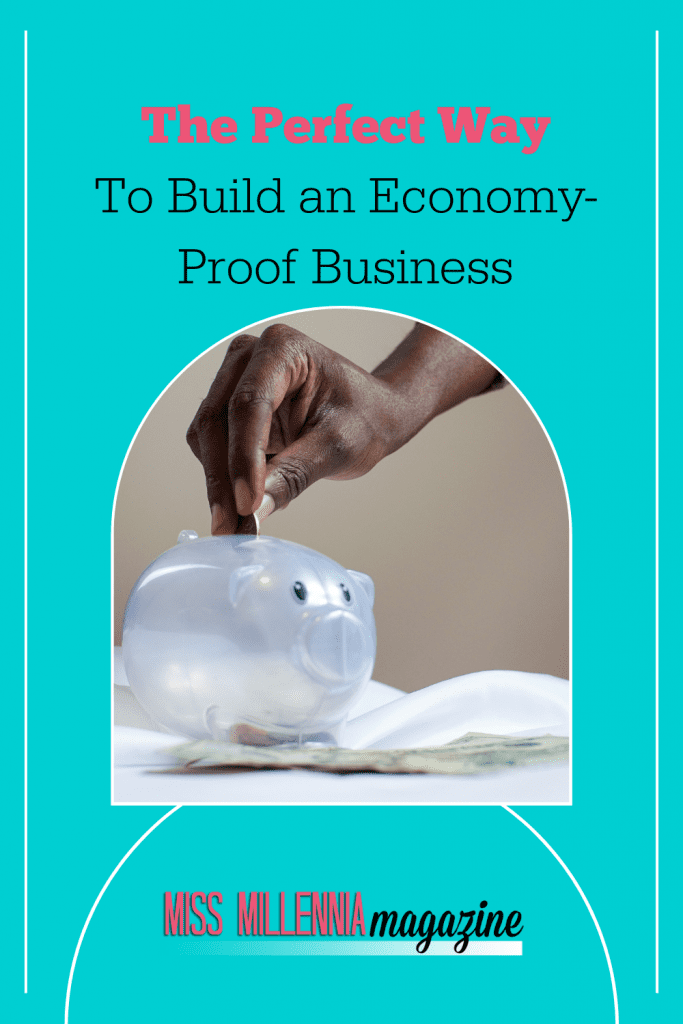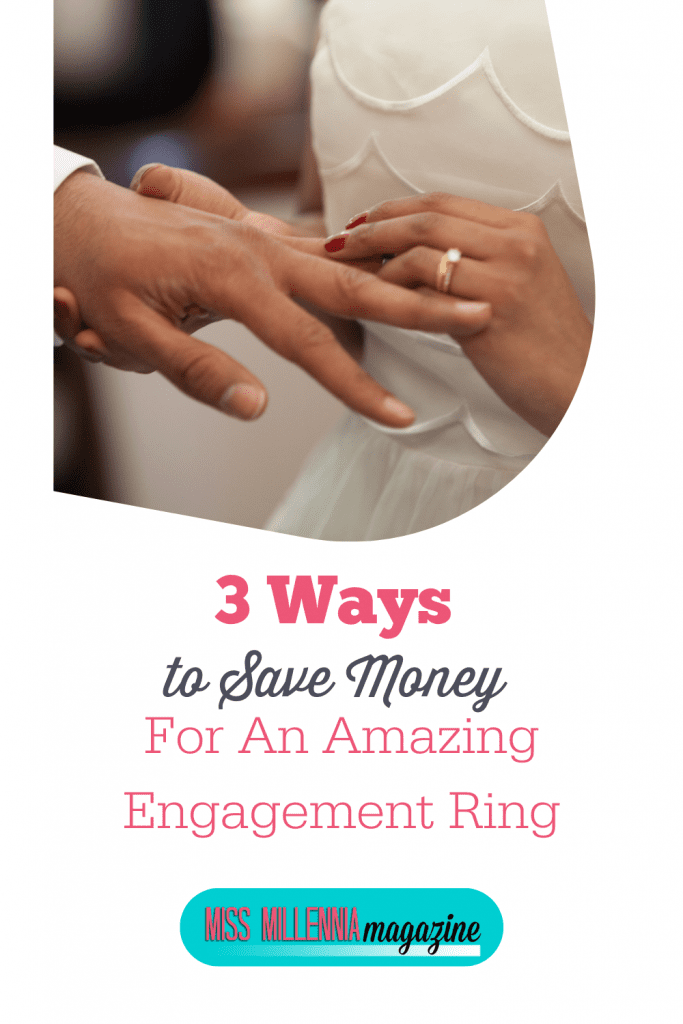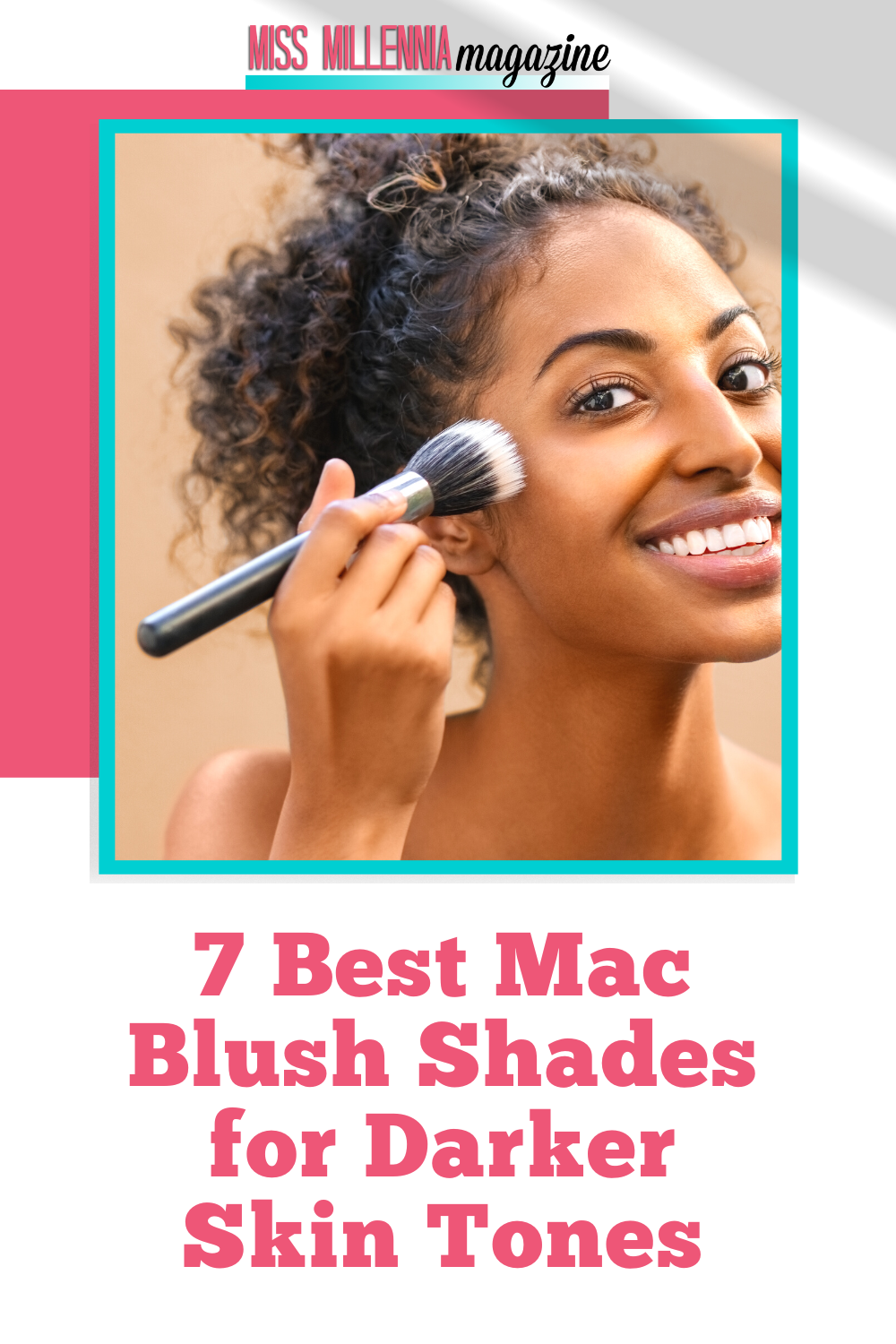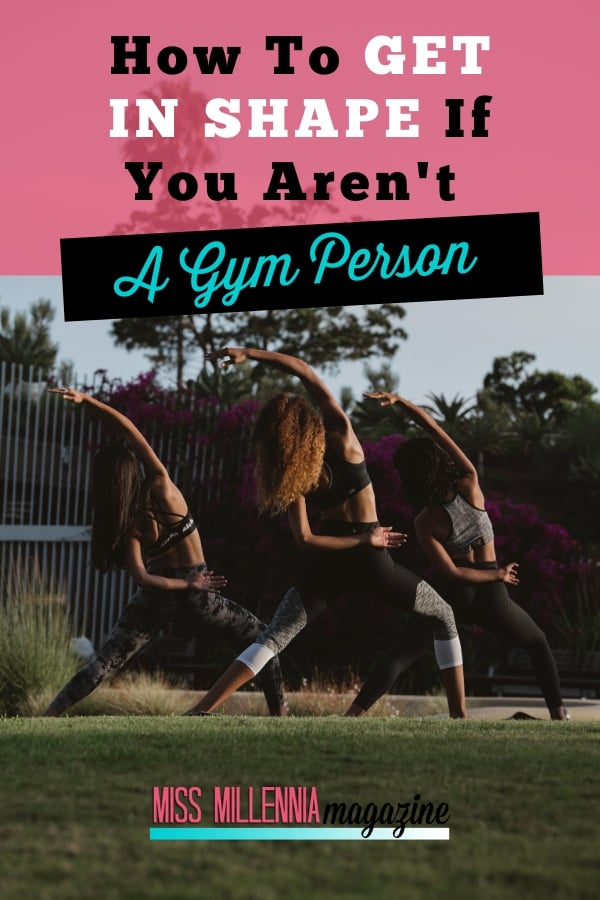3 Ways to Save Money For An Amazing Engagement Ring
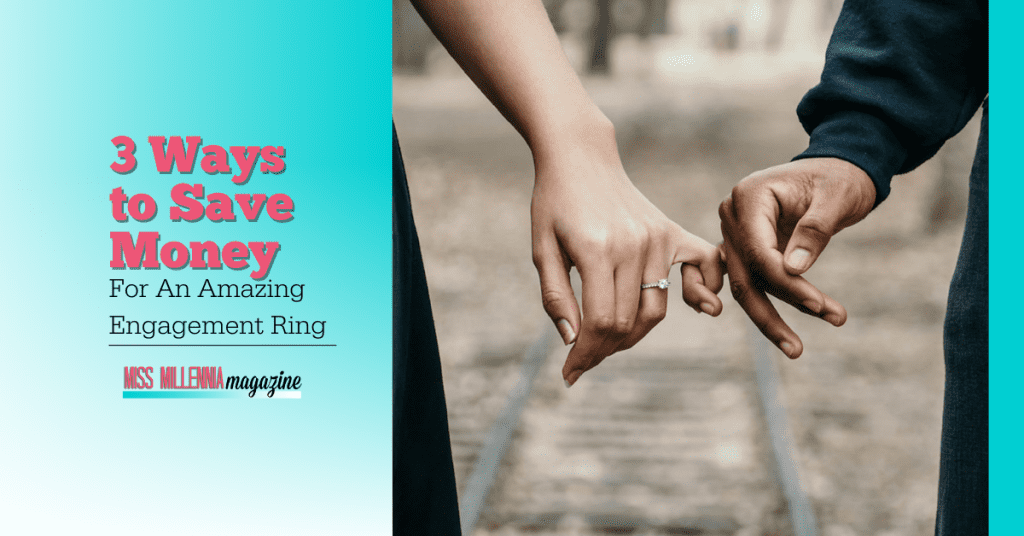
Are you thinking of getting engaged? Congratulations, getting engaged is a special moment in everyone’s life. You must be thinking of many things. How to propose? Where are you going to offer? When should you do it? And most importantly, saving money to buy an engagement ring.
Engagement rings do not come cheap, so you must put a plan in place to save enough without putting yourself under any financial pressure – not to put any additional stress. Still, you’ll be saving for the wedding after. Luckily, we can give a few tips to help put you in the best position to buy that Whiteflash 1-carat diamond ring.
Keep on reading for our top tips on saving money to buy an engagement ring
Set A Budget For the Engagement Ring
We can’t stress this enough when buying an engagement ring, set a budget and make sure you stick to it. It doesn’t matter how much you spend as long as it’s affordable compared to how much you bring in yearly.
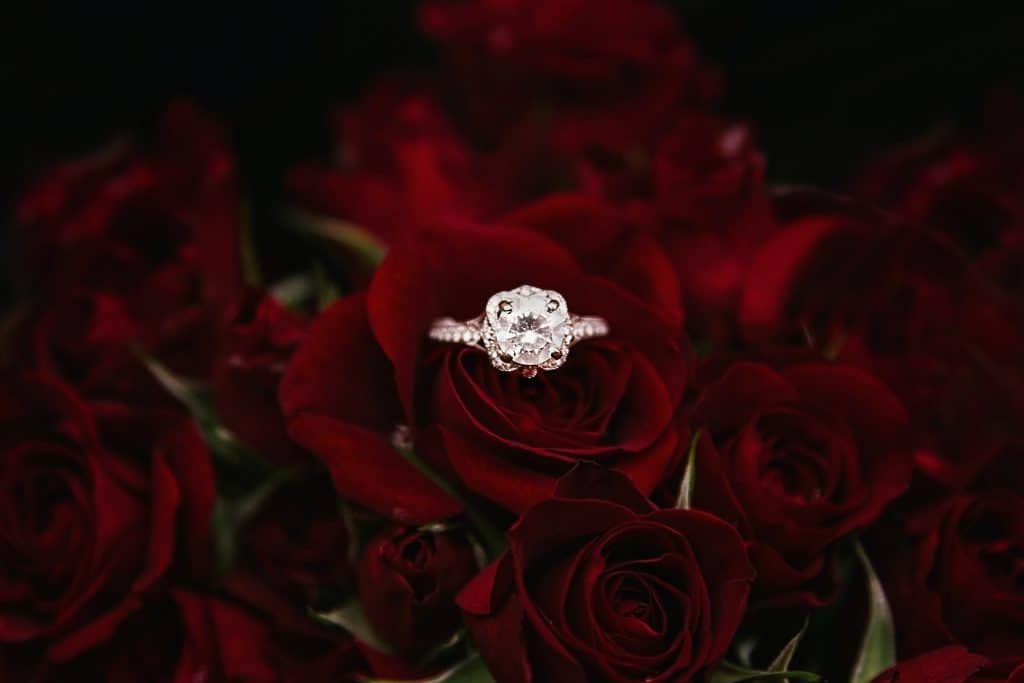
Don’t overspend, as the price of a ring can quickly increase, and salespeople will try to upsell you on everything. Think of it this way, the more money you save on buying the engagement ring, the more money you can put towards your wedding and honeymoon. This difference could be between a week or two weeks in the Maldives.
When budgeting, you need to know the various possible prices you might expect to pay. To help you figure that out accurately, you should search for a diamond store near me and compare the prices. You might be surprised at how much they can vary between stores.
As long as you have a budget in place, however, you will find that your ring is much easier to afford on the whole.
Set A Monthly Amount to Save
Once you have decided how much you would like to spend on an engagement ring, choose when you would like to buy it. By selecting a rough estimate of when you will buy it, you can set a monthly amount to save.
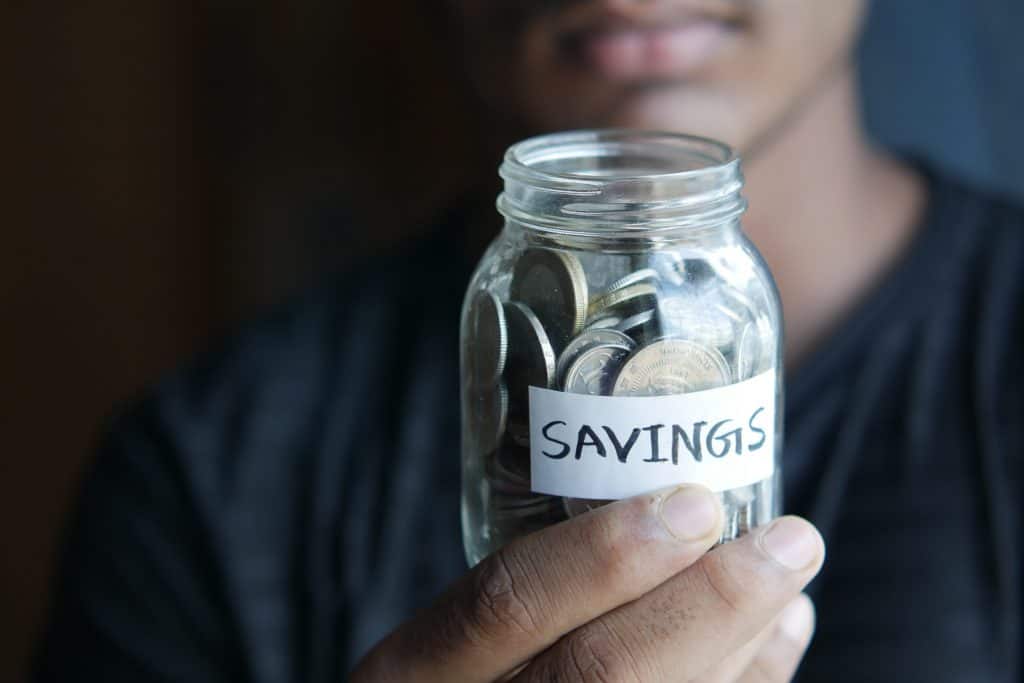
Saving monthly is always more effective than using a month’s paycheck. It will put you under a lot less pressure financially and gives you more flexibility if you go over budget – let’s face it, this happens a lot when you buy an engagement ring.
Use A Budgeting App
There is an app for everything nowadays! For example, you can use an app to help you eat healthily. There are apps for all your sports results, to edit images, and of course, to help you budget.
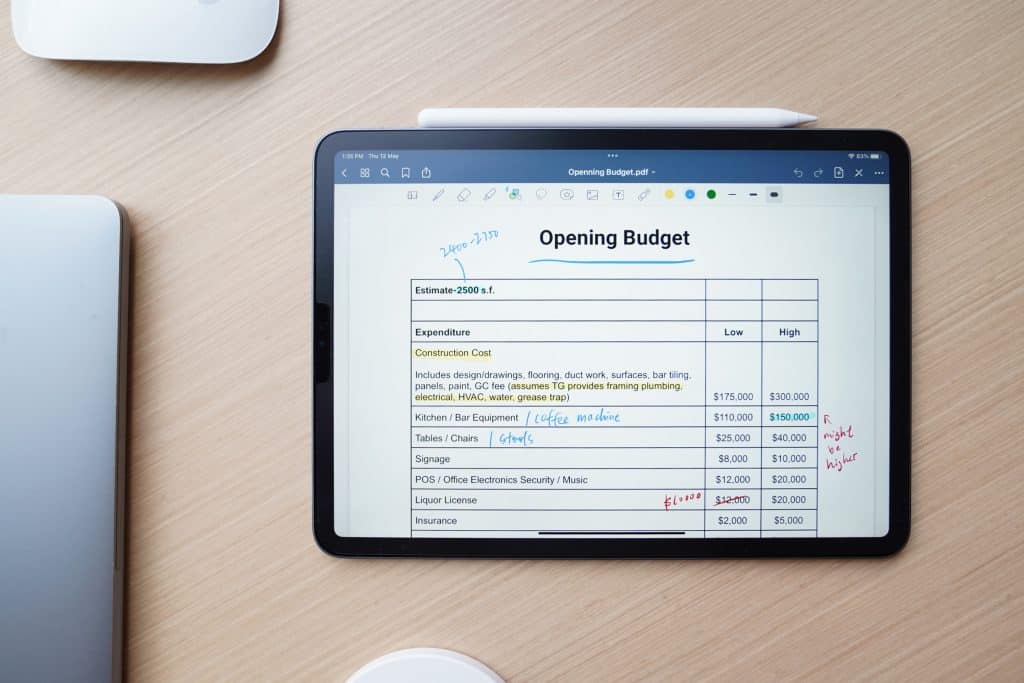
When saving money to buy an engagement ring, you will need all the help you can get, and an app will certainly help you. It will help keep you on track with your savings for the ring.
It will help you reduce costs in other areas of your life and tell you where best to save money. Budgeting apps are powerful tools that can help you in all areas of your life, not just saving money to buy an engagement ring.
What tips do you have for saving money? Which of the three tips above did you find most useful? Is there anything you would like to share that will help our readers? Let us know in the comment box below. We would love to hear from you.
